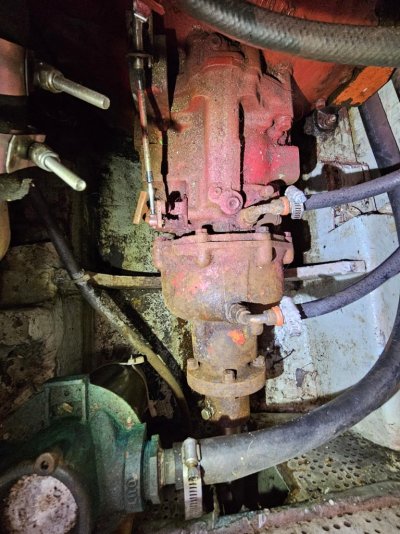liquidsands
Member
I just bought a 1979 Hershine 37' Trawler. 120 Lehman diesel / Borg Warner Velvet Drive. Left Eagle Harbor on Bainbridge Island, WA for 2.5 hour run. Tide with me all the way. Started out @ 8 kts +/-. After an hour or so speed kept dropping. Ended trip at 1.5 kts with same engine speed of 1500 rpm. Engine sounds beautiful. I was in a serious time jam up and left anchorage without checking trans fluid. When I noticed the radical GPS speed drop I first thought I must have read the tide tables wrong. Double checked...nope! Went back and looked at exhaust all seemed normal. Looked in hold briefly (boat was not in a position to stop due to rocks etc.) saw nothing amiss. Am suspecting clutch discs toast. Anybody run in to this kind of problem before?

